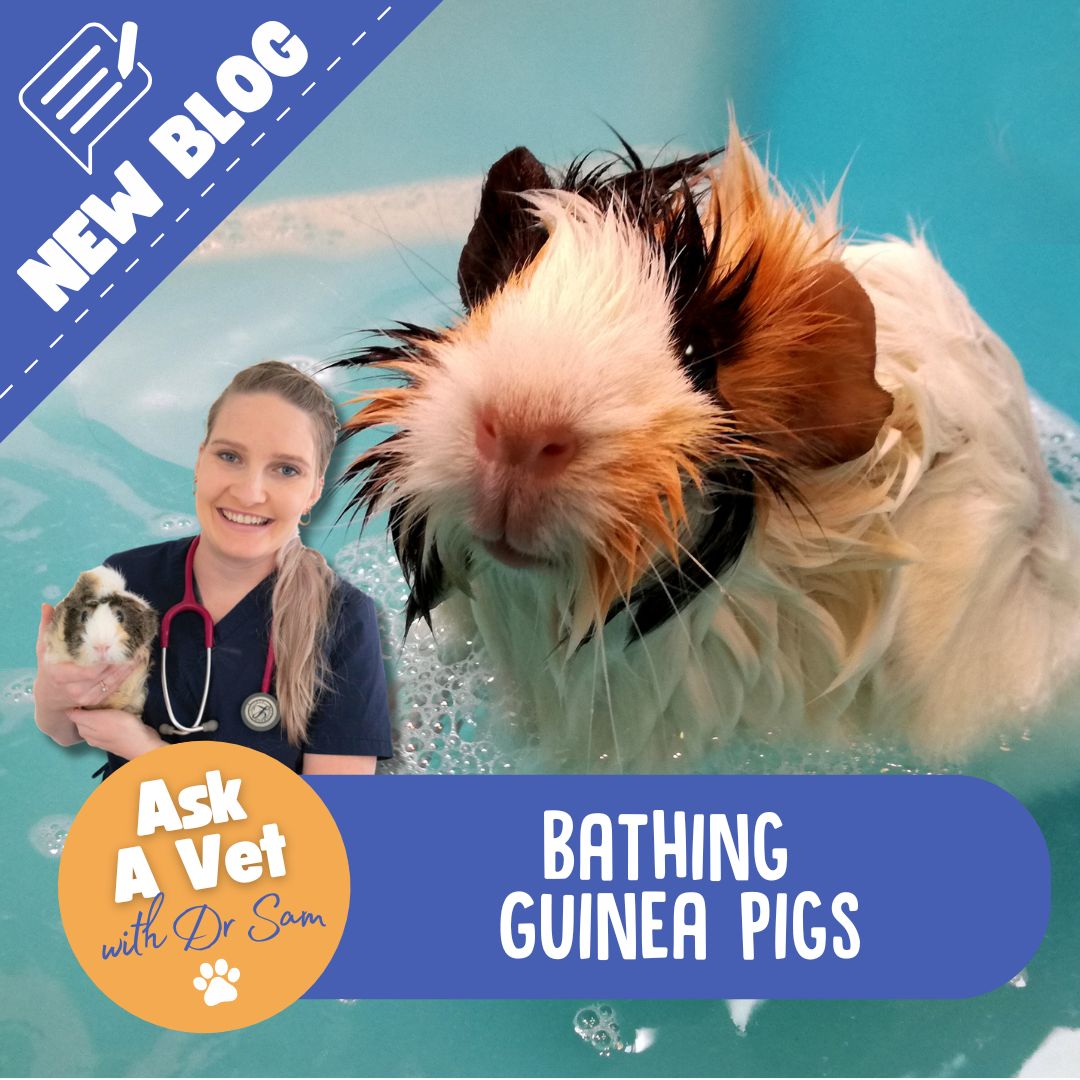As Seen In
Popular Categories
Best Sellers
Piggy Parent Reviews
Ozzy Pets Australian Timothy Hay ~1.8kg
$39.95
Unit price perOur very own Timothy Hay is here!
Fresh, Green & Naturally Grown
Our Timothy Hay is everything your guinea pigs have been wheeking for! Grown right here in Australia, Ozzy hay is fresh, spray-free, and full of flavour. Perfect for keeping little tummies happy and teeth healthy, while providing the fibre and enrichment guinea pigs and rabbits need every single day. Comes in white easy-carry bag.
Why You’ll Love It:
-
100% Australian grown
-
Spray free & organic
-
Fresh, green & delicious (no dusty leftovers!)
-
High in fibre for healthy digestion and teeth
- Seed heads for extra protein
-
Encourages natural foraging & enrichment
Everyday Essential:
Hay should make up around 80% of your guinea pig’s diet – so only the best will do! Whether you serve it in a hay bag, rack, or put in small piles around their cage, this hay will keep your piggies happily munching all day long.
Exclusive to Guinea Pigs Australia – you won’t find this hay anywhere else!
Approximate weight: 1.8kg.
As this is a natural product, weight may vary slightly due to differences in density, cut, and moisture content. Bags are filled by volume, not by exact weight.
Ozzy C&C Cages
Who Are We?

Our Story
Guinea Pigs Australia is a family-owned business based on the Gold Coast, proudly creating safe, beautiful, and bespoke products designed to enrich the lives of guinea pigs. Founded with a passion for small pets and a commitment to improving their wellbeing, the brand has grown over the past decade from a small project into a dedicated team. With veterinary expertise and thoughtful, locally made designs, we’re here to bring comfort, joy, and quality care to pets and their caregivers.

Our Mission
Our mission is to enhance the lives of guinea pigs and their families by offering innovative products that combine expert care with playful design. We strive to create a shopping experience that’s as enjoyable as it is reliable, ensuring every item is something we’d proudly use in our own homes.
Did you know? Our entire team are piggy parents, meaning every single product is lovingly piggy approved by our pets.

Our Impact
At the heart of our business is a deep commitment to community. We donate over 2 tonnes of pet food annually to small animal rescues, making a tangible difference in the lives of vulnerable pets. Every purchase supports not only quality care but also our ongoing efforts to give back to the pet community.
Pictured: Our company CEOs Niomie & Fabian donating an Ozzy Cage to the Animal Welfare League on the Gold Coast in 2024.
- Choosing a selection results in a full page refresh.
- Opens in a new window.



























































